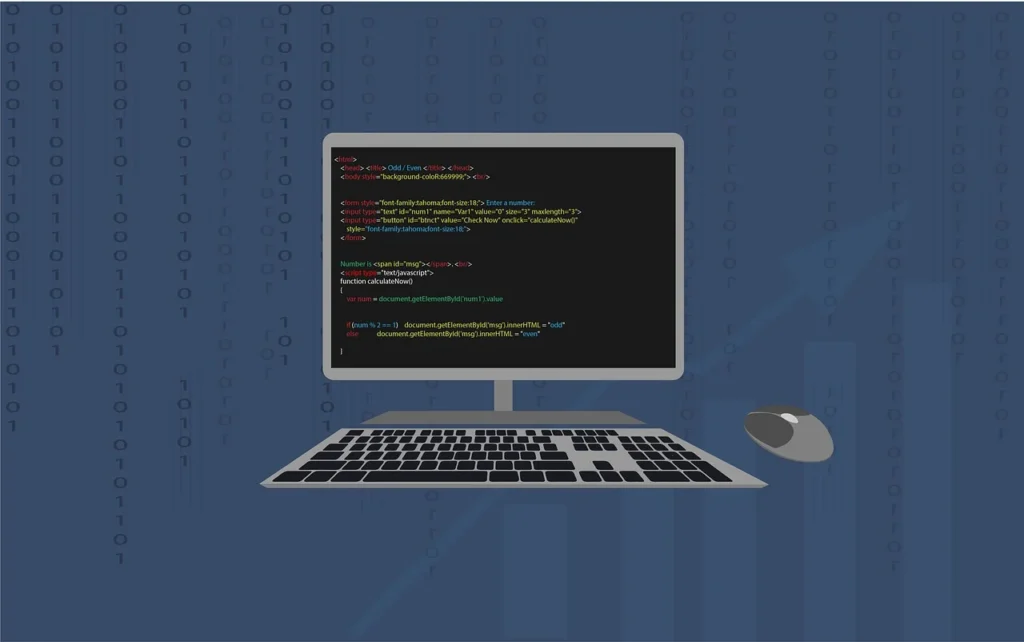Unlock the world of creativity and coding with Scratch, the perfect starting point for young and beginner programmers!

Why Scratch is the Ideal Starting Point for New Coders

Scratch is designed to be highly accessible and engaging, making it the perfect starting point for new coders of all ages. Its visual programming language allows users to create projects by snapping together blocks of code, which simplifies the coding process and eliminates the need to memorize complex syntax.
Moreover, Scratch encourages creativity and experimentation. Users can create interactive stories, games, and animations, which helps them understand the fundamentals of programming while having fun. The community-driven platform also fosters collaboration and sharing, allowing new coders to learn from others and showcase their own projects.
Setting Up Your Scratch Account and Getting Familiar

Creating a Scratch account is straightforward. Visit the Scratch website and click on the ‘Join Scratch’ button. You’ll be asked to provide a username, password, and some basic information. Once your account is set up, you can start exploring the platform and its many features.
Take some time to familiarize yourself with the Scratch homepage. You’ll find sections for featured projects, tutorials, and community activities. This initial exploration will help you understand the scope of what’s possible with Scratch and inspire you to start creating your own projects.
Navigating the Scratch Interface: A Beginner’s Guide

The Scratch interface is user-friendly and intuitive. When you start a new project, you’ll see the stage on the right, where your creations come to life. The middle section displays the blocks palette, categorized into different types like motion, looks, sound, and events.
On the left side, you’ll find the scripts area, where you drag and drop blocks to build your code. Additionally, there are tabs for costumes and sounds, which allow you to customize the appearance and audio of your projects. Spend some time experimenting with these elements to get a feel for how they work together.
Creating Your First Scratch Project: Step-by-Step Guide

Start by clicking on the ‘Create’ button to open a new project. Begin with a simple project, like making a sprite (a character or object) move. Choose a sprite from the library or upload your own. Then, drag a ‘when green flag clicked’ block from the events category to the scripts area.
Next, add a ‘move 10 steps’ block from the motion category and snap it below the event block. Click the green flag above the stage to see your sprite move. You can build on this basic project by adding more blocks, changing the sprite’s appearance, or incorporating sounds. The possibilities are endless!
Exploring Advanced Features and Tips to Enhance Your Projects
Once you’re comfortable with the basics, you can start exploring Scratch’s advanced features. Variables and lists allow you to store and manipulate data, enabling more complex interactions and behaviors. Custom blocks let you create your own functions, making your code more organized and reusable.
Additionally, Scratch offers extensions that add new capabilities, like integrating with hardware devices or using advanced mathematical functions. Don’t be afraid to experiment and push the boundaries of what you can create. The Scratch community is also a valuable resource for finding inspiration and getting help with any challenges you encounter.



(1) Comment